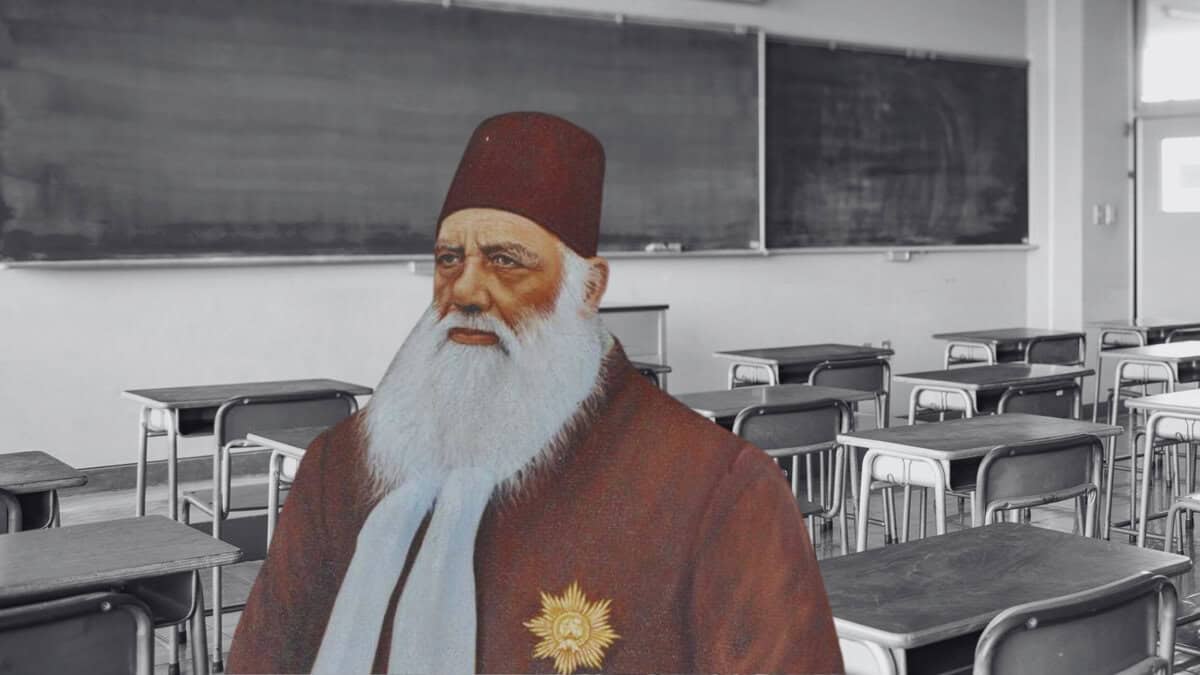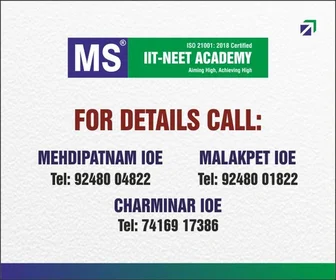
The educational backwardness of Indian Muslims has been a matter of concern for more than a century and a half.
It took the vision, grit and determination of Syed Ahmad Khan to take some concrete steps towards alleviating the problem. The foundation of MAO College in 1875 (first as Madrasatul Uloom) paved the way for modern scientific education among the Muslims of India. Syed Ahmad’s ambition was not just a college that would become a University, but an educational movement whose impact would be deep and wide across the length and width of the Indian landscape. With this objective in mind, he founded the All India Mohammedan Educational Conference in 1886 as a vehicle to transport the Aligarh Movement across India. A vestige of this historic organisation still survives, though barely, but its current state hardly merits comment.
At about the same time as Syed Ahmed was striving to establish his college, the financially endowed Muslim community in Bombay took the very important initiative of founding Anjuman-I-Islam in 1874. In 1880, Anjuman-I-Islam presented a Memorandum to the Indian Educational Commission underscoring the need for education, including vocational, industrial, commercial and agricultural, as well as emphasis on girls’ education. This movement saw significant expansion through the decades and currently operates a vast network of schools and colleges, encompassing nursery, primary, secondary and tertiary education, including professional colleges for Engineering, Management, Law, Architecture, Pharmacy, Hospitality and Hotel Management. It also runs several social and philanthropic initiatives. However, its activities remain confined to Mumbai and a few other locations in Maharashtra.
During the last six decades, a most remarkable development transformed the educational landscape of Kerala. Shedding the stigma of being educationally the most backward community in the State, today Kerala Muslims stand proudly at par with their brethren from other communities. The catalyst for this amazing transformation was the Muslim Educational Society, founded by the visionary Dr. P.K. Abdul Gafoor in Calicut in 1964. Today, MES manages an impressive complex of 150 schools and colleges, including colleges of Engineering, Architecture, Medicine, Dentistry, Nursing, Paramedical Sciences, Management, Teachers’ Training, Computer Centers, schools for the mentally challenged, as well as hospitals and several men’s and women’s hostels.
Many other initiatives have been taken, some successful, some less so, and some not at all. The problem is of such huge dimensions that it requires solutions at a proportionate scale. The more recent example of the Muslim Educational Society in Kerala can serve as guidance and inspiration for similar interventions in other states. All such provincial initiatives can be coordinated through an apex All India body that can facilitate the transfer of best practices and accelerate development and learning.
It’s much easier to articulate what needs to be done than to figure out how it can be done. The essential link between imagining it and making it happen is leadership. Where, then, can we find this missing link? This leadership can be either individual or collective, pushing and expanding the boundaries of possibility. That is not to deny the limiting effects of the environment, but to accept the challenges by seeking opportunity in adversity. Whether the All India Muslim Educational Conference can be revived or substituted by another organization is an open question.
However, emulating the practice of the historic but now defunct Conference, an assembly of Muslim thought leaders should be convened annually to ponder over the Educational needs of the community and to draw up a roadmap with clear milestones and timelines reflected in short, medium, and long-term plans and a twelve-month action agenda with assigned responsibilities and accountability. An executive council should be tasked with administrative duties and coordinating the implementation of agreed programmes. Others can possibly suggest even better ways to move forward, but hopefully all can agree that inaction is not an option and the space for complacency has shrunk to place us on the cliff’s edge.


